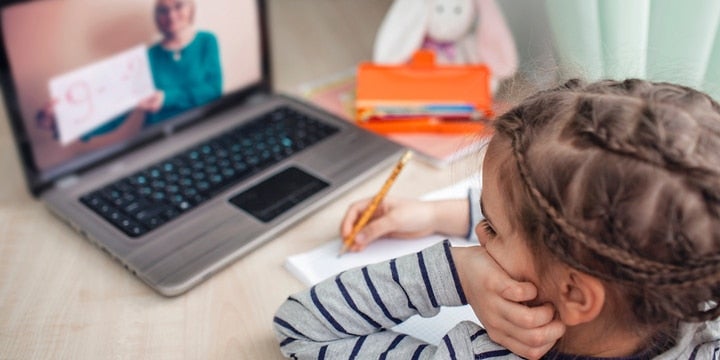Harvard Professors Call for Schools to Open

As we get closer and closer to the first day of school, it is becoming clear some states and counties don’t want to open. This would be a disaster for children, especially for those who come from disadvantaged backgrounds, while doing nothing to stop COVID-19.
Four professors at the Harvard School of Public Health argue:
Prolonged time away from schools has led to months of lost learning and widened gaps in educational achievement, especially for some students of color and those in lower income households. Adding months more to this toll will be an educational disaster that some children may never recover from. School closures also threaten some children’s safety, due to increased child neglect, hurt children’s mental health, and keep many from getting enough to eat.
Multiple studies show that children are not only less likely to become seriously ill from COVID-19, they are also only half as likely to get infected in the first place. Overall, the rate of infection requiring hospitalization among US school-age children (5 to 17) since the beginning of the pandemic though July 4 was roughly 1 in 20,000.
What about the risk to teachers and staff? Again, listen to the science. A report led by the former head of the Centers for Disease Control and Prevention under President Obama concluded that children appear less likely than adults to transmit COVID-19 to others — unlike other viruses like influenza — though this evidence is still limited and preliminary. Studies examining schools with known cases of COVID-19 have shown low transmission rates — for instance, in one case, just two students and no teachers infected out of 863 close contacts. Others show zero confirmed infections even among teachers and students who sat in the same classroom with a symptomatic child.
Other studies shed light on why childhood infection rates and school-based transmission may be so low. Compared to adults, children have lower levels of receptors in their airways that allow the coronavirus into our bodies. Children also may not generate as many breath droplets that can transmit COVID.
Finally, what about impacts on the community as a whole? Studies show that social distancing measures have been critical to flattening the curve of COVID-19 infection, but school closures may be among the least effective of those measures.”
For the good of America, schools need to be in session.